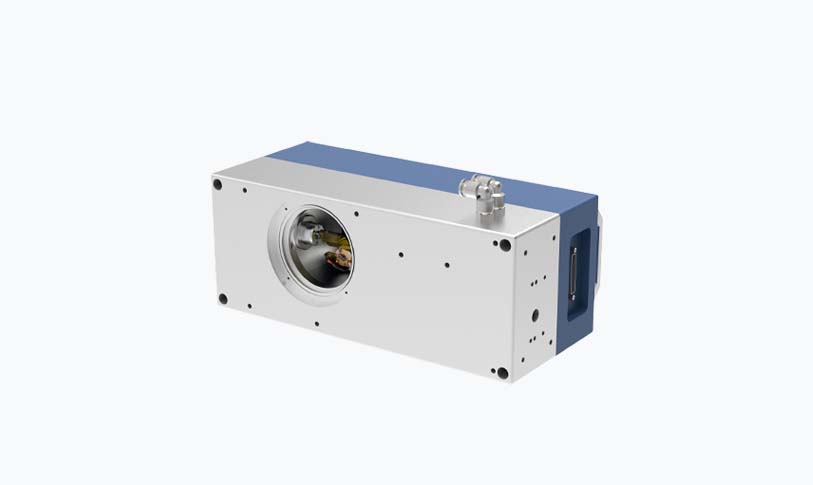
Revolutionizing Creativity: How Etching Software Transforms Artistic Design and Printmaking in the Digital Age
****
In recent years, the realm of art and design has experienced a seismic shift, thanks in large part to the introduction of innovative technologies. Among these, etching software stands out as a vital tool that has dramatically transformed the artistic landscape. By marrying traditional techniques with modern digital capabilities, etching software is helping artists explore new horizons, streamline their creative processes, and redefine how art is produced, shared, and appreciated.
**Understanding Etching Software**
At its core, etching software is designed to simulate or assist with the etching process, a printmaking technique that has roots going back to the Renaissance. This technique traditionally involved using acid to carve designs onto a metal plate. However, with the advent of etching software, artists now have the ability to create intricate designs digitally before translating them onto a physical medium. The software typically provides a range of tools that include drawing, layering, and texturing features, allowing for a level of precision and complexity that was difficult to achieve with traditional methods alone.
**The Benefits of Using Etching Software**
1. **Enhanced Precision**: Etching software allows artists to work with incredible detail. Fine lines and intricate designs can be easily manipulated and refined, ensuring that the final output matches the artist’s vision. The digital canvas provides a flexibility that traditional methods often lack.
2. **Time Efficiency**: Traditional etching processes can be labor-intensive and time-consuming, often requiring numerous steps to achieve the final design. With etching software, the time needed to create, revise, and finalize a design can be significantly reduced. Artists can focus more on the creative aspect of their work rather than the mechanical process of printmaking.
3. **Accessibility and Redistribution**: Digital art made with etching software can be easily shared, reproduced, and distributed across different platforms. This accessibility not only broadens the reach of an artist’s work but also allows for a more significant engagement with audiences who may not have had access to traditional printmaking displays.
4. **Experimentation and Flexibility**: The digital nature of etching software invites experimentation. Artists can quickly adjust colors, compositions, and formats without the commitment that comes with physical materials. This freedom leads individuals to push their creative boundaries and explore uncharted territories in their art.

Revolutionizing Creativity: How Etching Software Transforms Artistic Design and Printmaking in the Digital Age
5. **Integration with Other Digital Tools**: One of the most significant advantages of using etching software is its ability to integrate with various digital design tools. Artists can transition seamlessly between software for illustration, graphic design, and even 3D modeling, opening new avenues for creative expression.
**Challenges and Considerations**
While etching software undoubtedly opens up new possibilities, it does not come without its challenges. One of the primary concerns lies in the perception of authenticity. Some traditionalists may argue that digital etching lacks the soul or touch of hand-crafted work. However, many artists find that digital tools merely expand their repertoire and do not diminish the value of traditional art forms.
Moreover, the learning curve associated with mastering etching software can be steep. Artists who are accustomed to traditional methods may find it daunting to adapt to new technologies. However, numerous resources, including tutorials and community forums, have emerged to support the transition from traditional to digital etching.
**The Future of Etching in the Digital Age**

Revolutionizing Creativity: How Etching Software Transforms Artistic Design and Printmaking in the Digital Age
As technology continues to evolve, so does the potential for etching software. The integration of artificial intelligence (AI) and machine learning is already starting to influence the way designs are generated and modified. Future developments could lead to even more sophisticated tools that allow for unprecedented levels of creativity and personalization.
In conclusion, etching software is revolutionizing the world of artistic design and printmaking. Artists are now more empowered than ever to blend traditional techniques with cutting-edge technology, leading to new forms of expression and innovation. As this trend continues to grow, it will be fascinating to see how artists leverage these digital tools to push the boundaries of what is possible in their creative journeys. Such transformations promise to cultivate a rich tapestry of artistic expression that resonates with contemporary audiences while honoring the traditions that have shaped the art world for centuries.single mode fiber laser



